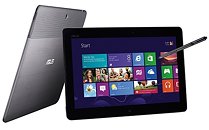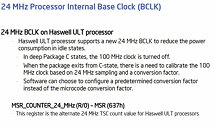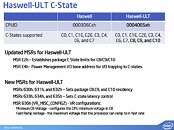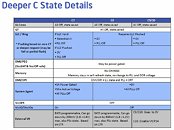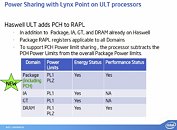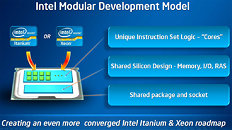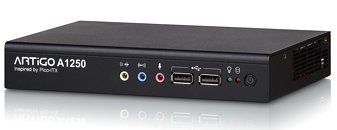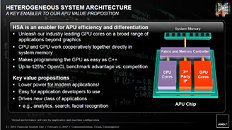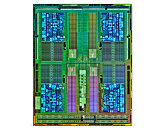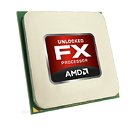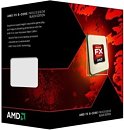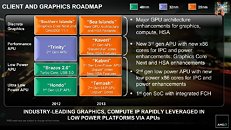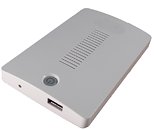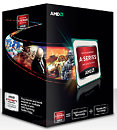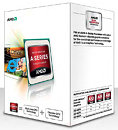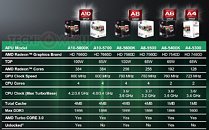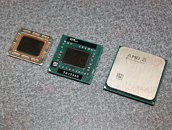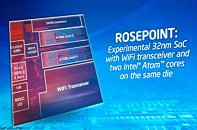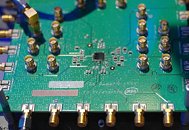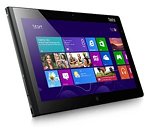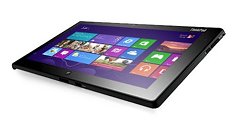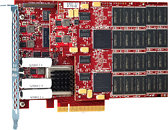Worldwide PC Microprocessor Revenues in 2013 to Rise 1.6% Compared to 2012
Worldwide revenues for microprocessors designed for mobile PCs, desktop PCs, and PC servers will grow 1.6% to $40.7 billion in 2013 according to a new forecast report from International Data Corporation (IDC). The IDC report, Worldwide PC Microprocessor 2012-2016 Forecast, also forecasts that worldwide unit shipments for PC microprocessors will grow 3.2% to nearly 384 million units in 2013.
"Economic and technological inhibitors that took the PC microprocessor revenue down about 2.4% in 2012 will continue through the first half of 2013," said Shane Rau, vice president for PC and server semiconductor and enabling technologies research at IDC. "Macroeconomic uncertainty has forced OEM and IT customers to reduce orders and focus on execution, and reduce expectations after the launch of Microsoft's Windows 8 operating system in late October. Delays in PC purchases caused by Windows 8 and the encroachment of media tablets on low-end PCs have further cut into PC microprocessor demand growth."
"Economic and technological inhibitors that took the PC microprocessor revenue down about 2.4% in 2012 will continue through the first half of 2013," said Shane Rau, vice president for PC and server semiconductor and enabling technologies research at IDC. "Macroeconomic uncertainty has forced OEM and IT customers to reduce orders and focus on execution, and reduce expectations after the launch of Microsoft's Windows 8 operating system in late October. Delays in PC purchases caused by Windows 8 and the encroachment of media tablets on low-end PCs have further cut into PC microprocessor demand growth."











